Home>Garden Essentials>Why Is A Green Space Important In A School
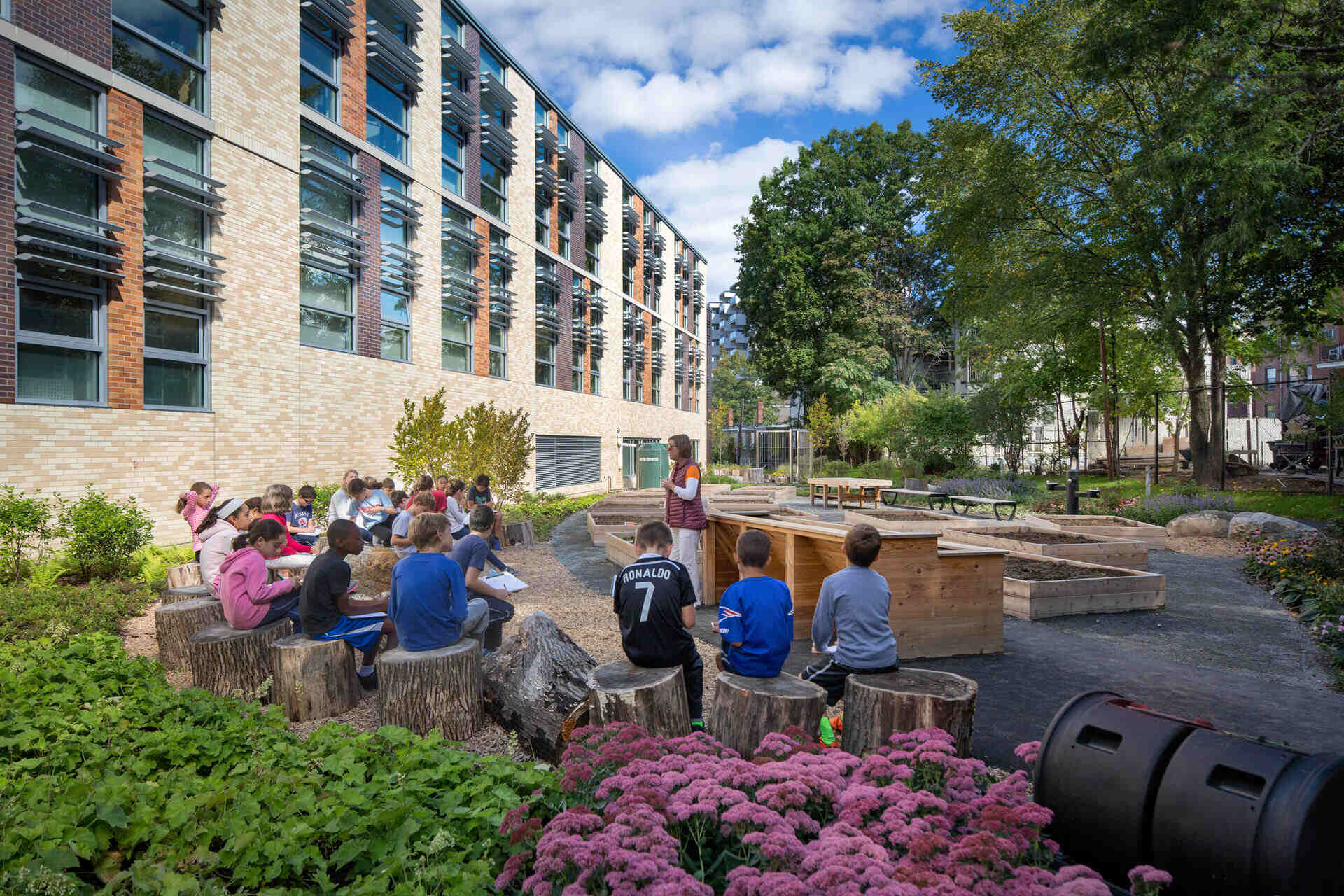

Garden Essentials
Why Is A Green Space Important In A School
Modified: March 15, 2024
Discover the importance of a green space in a school and how a garden can enrich students' learning experiences. Foster creativity, environmental awareness, and healthy habits.
(Many of the links in this article redirect to a specific reviewed product. Your purchase of these products through affiliate links helps to generate commission for Storables.com, at no extra cost. Learn more)
Introduction
A green space in a school is a valuable asset that goes beyond its aesthetic appeal. It plays a crucial role in the overall well-being and development of students. With the increasing focus on academic achievements, it’s important not to overlook the importance of providing a nurturing environment that includes green spaces. These areas can range from small gardens or courtyards to larger fields or parks. Regardless of their size, green spaces offer numerous benefits to students and the school community as a whole.
In this article, we will explore the significance of having a green space in a school and discuss how it enhances academic performance, promotes physical and mental health, fosters creativity and imagination, improves social skills, and encourages environmental awareness among students.
Key Takeaways:
- Green spaces in schools help students learn better by reducing stress, providing hands-on learning experiences, and encouraging critical thinking skills. It’s like having a natural classroom that makes studying more enjoyable and effective.
- Green spaces in schools are like magical places that make students healthier, happier, and more creative. They also help students make friends, work together, and become superheroes for the environment!
Read more: Why Organizing Is Important
Enhancing Academic Performance
It may come as a surprise, but having a green space in a school can actually improve academic performance. Research has shown that exposure to nature has a positive impact on cognitive function and academic achievement.
Firstly, green spaces provide a calm and peaceful environment that helps students relax and reduce stress. Studies have found that spending time in natural surroundings can enhance concentration, attention span, and memory retention, allowing students to better absorb and retain information. This can greatly benefit students during classroom lectures, studying, and exams.
Secondly, green spaces offer opportunities for hands-on learning experiences. Teachers can utilize these areas for science lessons, where students can observe and study plants, insects, birds, and other elements of the natural world. This type of experiential learning helps to deepen their understanding of concepts and instills a sense of curiosity and wonder.
Furthermore, incorporating outdoor activities in the green space can foster problem-solving skills and critical thinking. For example, students can engage in group projects that involve planning and designing a garden or conducting experiments related to ecology or environmental sustainability. These activities promote teamwork, creativity, and analytical thinking, all of which are essential skills for academic success.
Overall, a green space in a school provides a supportive environment for learning and enhances academic performance by reducing stress, providing hands-on learning experiences, and fostering critical thinking skills. Schools should strive to integrate green spaces into their curriculum and utilize them as an educational tool to enrich the academic journey of their students.
Physical and Mental Health Benefits
A green space in a school not only has a positive impact on academic performance but also on the physical and mental health of students. The presence of nature has been shown to have numerous health benefits, both physically and mentally.
Firstly, spending time in a green space encourages physical activity. Students can engage in various outdoor activities like running, playing sports, or simply taking a walk. Regular physical exercise not only promotes overall fitness and cardiovascular health but also improves coordination, strength, and motor skills. It also helps combat sedentary behavior, which has become a common issue in today’s digital age.
In addition, exposure to green spaces has been found to reduce stress levels and promote mental well-being. Nature has a calming effect on the mind and helps alleviate anxiety, depression, and other mental health issues. The lush green surroundings and the soothing sounds of birds chirping, leaves rustling, and water flowing create a peaceful environment that allows students to relax and unwind.
Furthermore, being in nature has been linked to improved concentration and reduced symptoms of attention deficit hyperactivity disorder (ADHD). The natural elements and open spaces help reduce mental fatigue and increase focus, allowing students to better concentrate on their studies.
Additionally, green spaces provide opportunities for mindfulness and meditation. Students can find solace in peaceful areas of the school, such as a garden or a quiet corner, where they can practice mindfulness techniques. These practices have been shown to reduce stress, improve emotional well-being, and enhance cognitive abilities.
By incorporating green spaces in schools, we can promote physical activity, reduce stress, and improve mental health among students. Schools should prioritize creating and maintaining these spaces to provide a nurturing environment that supports the overall well-being of their students.
Promoting Creativity and Imagination
A green space in a school nurtures creativity and imagination among students. It provides a stimulating environment that encourages open-ended play, exploration, and artistic expression.
Firstly, being surrounded by nature fuels the imagination. The vibrant colors, textures, and sounds of a green space ignite creativity and inspire students to think outside the box. They can observe the intricate patterns in flowers, the diversity of insects, or the changing foliage, and use these observations as inspiration for their artwork, creative writing, or music.
Green spaces also offer a blank canvas for students to engage in unstructured play. Unlike traditional classroom settings, these areas allow for freedom of movement, experimentation, and self-expression. Students can build forts, create role-play scenarios, or engage in imaginative games, fostering their creativity and problem-solving skills. Such play experiences are essential for the development of cognitive, emotional, and social skills.
Furthermore, green spaces provide opportunities for hands-on gardening activities. Students can learn about various plants, their growth cycles, and the importance of caring for the environment. Gardening not only teaches students about the science of plants but also instills a sense of responsibility, patience, and pride as they witness the fruits of their labor.
In addition, green spaces can be used as outdoor classrooms, where students can engage in art, drama, or music lessons. The natural surroundings serve as a source of inspiration while amplifying the sensory experience. Being outside allows students to connect with their artistic side in a different way, leading to more imaginative and unique expressions of creativity.
By providing a green space in a school, we create an environment that stimulates creativity, encourages imaginative play, and provides inspiration for artistic expression. These spaces play a crucial role in nurturing the creative potential of students and fostering their holistic development.
A green space in a school is important because it provides a place for students to relax, connect with nature, and reduce stress. It also helps improve air quality and provides opportunities for outdoor learning and physical activity.
Improving Social Skills and Cooperation
A green space in a school not only benefits individual students but also fosters the development of social skills, cooperation, and teamwork. These areas offer valuable opportunities for students to interact, collaborate, and engage in cooperative activities.
Firstly, green spaces provide a common ground for students to come together and engage in outdoor activities. This encourages socialization and the building of friendships. Students can participate in sports, games, or group projects, which require communication, collaboration, and mutual understanding. These activities promote teamwork, empathy, and respect for others, essential social skills that can be transferred to various aspects of their lives.
Furthermore, green spaces provide an inclusive environment where students of all abilities can participate and contribute. Through inclusive activities like adapted sports or gardening projects, students learn to appreciate diversity and develop empathy towards their peers. This helps creating an inclusive and supportive school community.
In addition, green spaces offer opportunities for conflict resolution and problem-solving. When students engage in outdoor games or work on group projects, they may encounter challenges or disagreements that require negotiation and compromise. These situations allow them to develop conflict resolution skills, learn the importance of active listening, and practice effective communication.
Moreover, green spaces provide a setting for structured outdoor activities that require cooperation and coordination among students. Building a garden, organizing a nature-themed event, or conducting scientific investigations as a team all require collaboration and division of tasks. These experiences teach students the value of working together towards a common goal, promoting leadership skills and building a sense of responsibility.
By incorporating green spaces into schools, we create an environment that encourages social interaction, fosters cooperation, and promotes the development of essential social skills among students. These spaces play a vital role in cultivating a sense of community and preparing students for successful interpersonal relationships.
Read more: Why Is Interior Design Important
Encouraging Environmental Awareness
A green space in a school serves as a powerful tool for promoting environmental awareness and instilling a sense of responsibility towards the planet. It offers an opportunity for students to connect with nature, learn about sustainability, and develop a deep appreciation for the environment.
Firstly, green spaces provide a living laboratory for students to learn about the natural world and understand ecosystems. They can explore different plant species, observe the behavior of animals, and witness firsthand the interdependence between various organisms. This hands-on experience fosters a sense of wonder and curiosity, igniting a passion for environmental conservation.
Furthermore, green spaces can be utilized for environmental education programs and initiatives. Students can engage in activities like composting, recycling, or water conservation, learning about the importance of sustainable practices. They can also participate in planting trees, creating wildlife habitats, or maintaining a vegetable garden, actively contributing towards a greener future.
The presence of a green space also provides an opportunity to teach students about environmental issues and the importance of biodiversity. Through discussions, projects, and research, they can explore topics such as climate change, pollution, and habitat destruction. This knowledge empowers students to become advocates for the environment and take action to protect it.
Moreover, green spaces offer a platform for environmental awareness campaigns and events. Schools can organize eco-themed festivals, clean-up drives, or nature walks to engage students and raise awareness about environmental conservation. These activities foster a sense of community and encourage students to become proactive stewards of the environment.
By incorporating green spaces in schools and integrating environmental education, we nurture a generation of environmentally conscious individuals who understand the importance of sustainable practices and are motivated to make a positive impact on the planet. These spaces play a crucial role in shaping responsible and environmentally aware citizens for the future.
Conclusion
A green space in a school is much more than just a patch of grass or a few trees. It is a valuable asset that has far-reaching benefits for students, the school community, and the environment as a whole.
By incorporating green spaces, schools create an environment that enhances academic performance by reducing stress and providing hands-on learning experiences. Students have the opportunity to engage with nature, which stimulates their cognitive function, creativity, and problem-solving skills.
Moreover, green spaces contribute to the physical and mental well-being of students. They provide a space for physical activity, reduce stress levels, and promote mental health. These areas also serve as a sanctuary where students can find solace, relax, and rejuvenate their minds.
Green spaces foster social skills, cooperation, and teamwork. They provide an inclusive environment where students can come together, engage in cooperative activities, and learn to appreciate diversity. These areas also offer opportunities for conflict resolution and problem-solving, preparing students for successful interpersonal relationships.
Finally, green spaces encourage environmental awareness and responsibility. They provide a platform for students to connect with nature, learn about ecosystems, and develop a deep appreciation for the environment. Schools can also utilize green spaces to teach sustainability practices and empower students to become advocates for the planet.
In conclusion, a green space in a school is a vital component that contributes to the holistic development of students. It enhances academic performance, promotes physical and mental health, fosters creativity and imagination, improves social skills, and encourages environmental awareness. It is essential for schools to prioritize the integration of green spaces into their campuses, creating nurturing environments that support the overall well-being and growth of their students.
Frequently Asked Questions about Why Is A Green Space Important In A School
Was this page helpful?
At Storables.com, we guarantee accurate and reliable information. Our content, validated by Expert Board Contributors, is crafted following stringent Editorial Policies. We're committed to providing you with well-researched, expert-backed insights for all your informational needs.



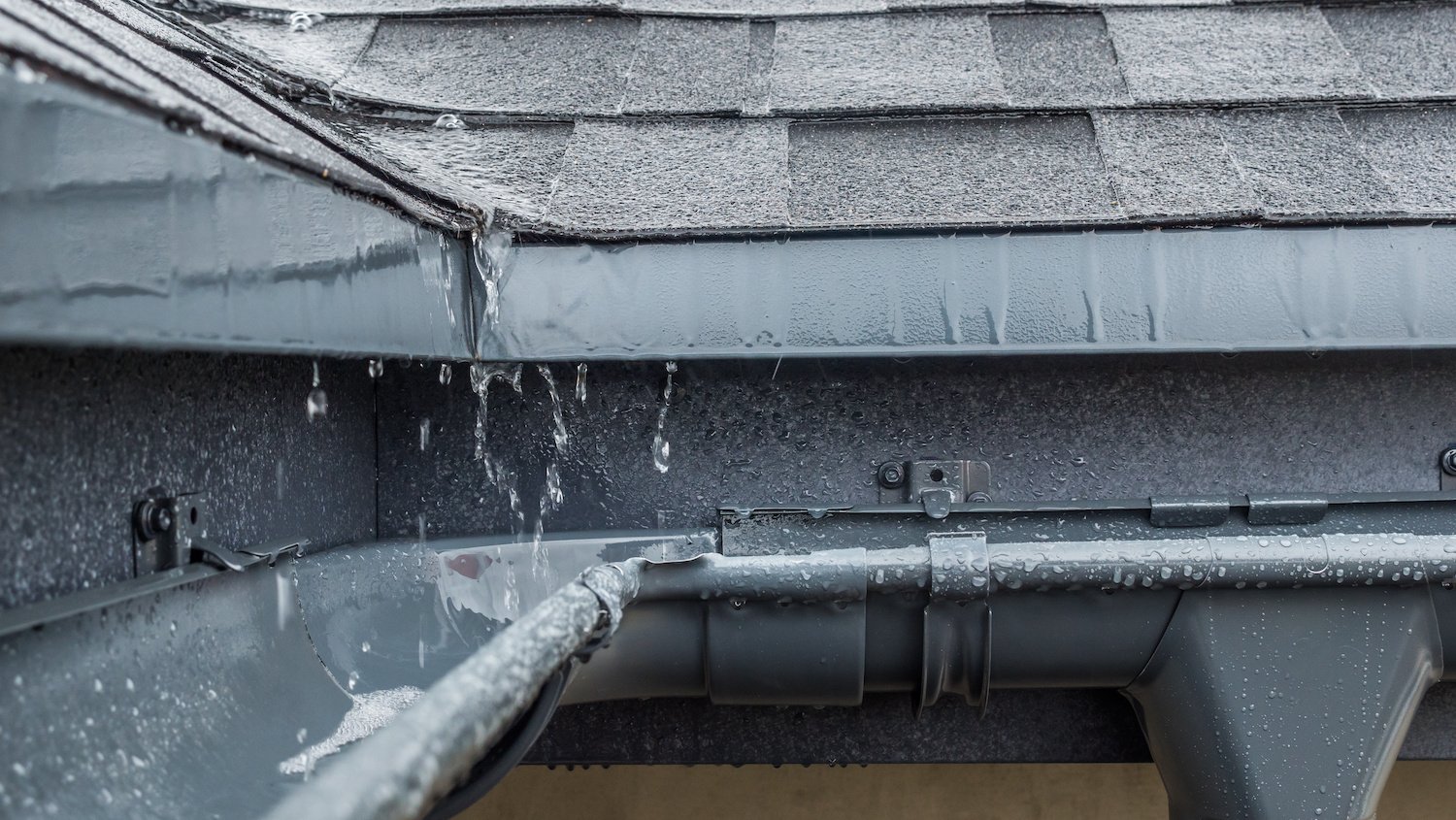

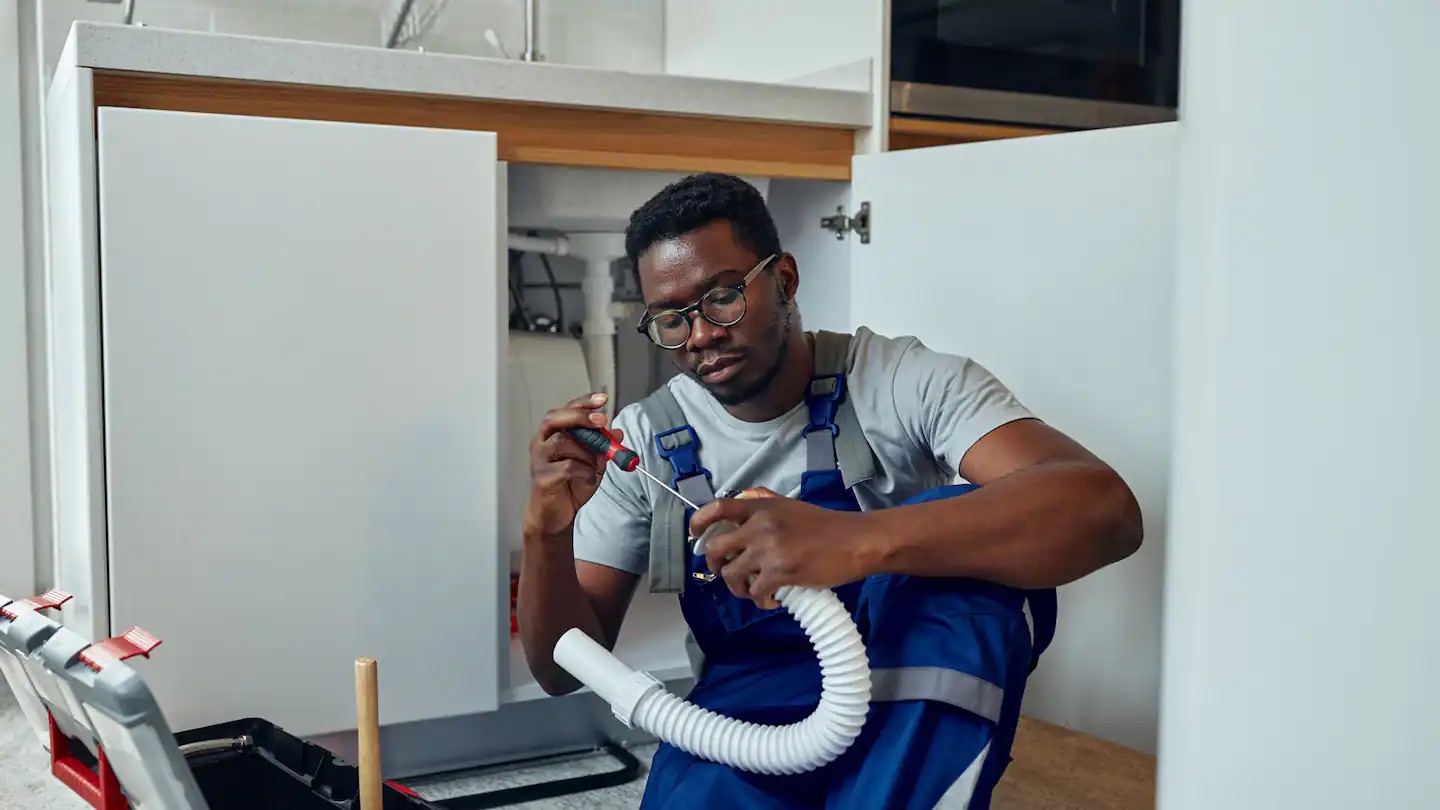



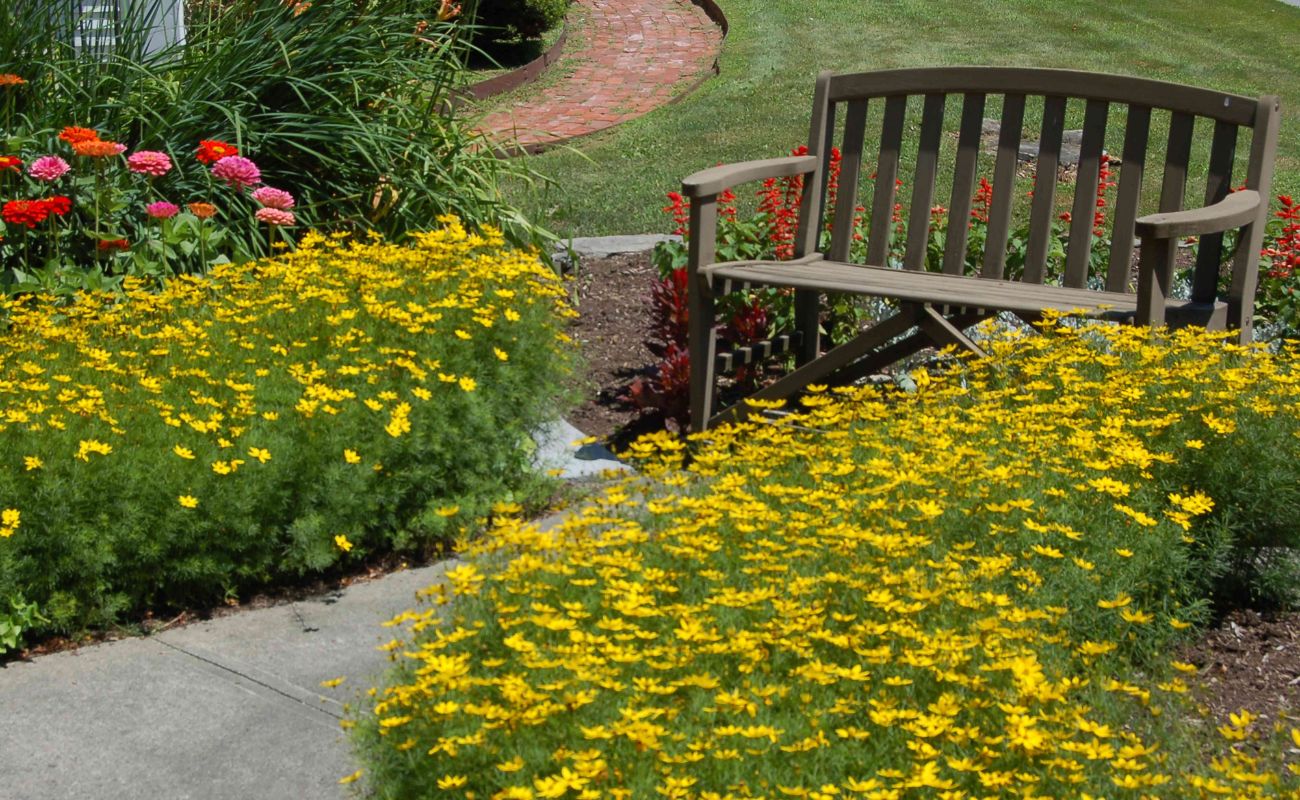


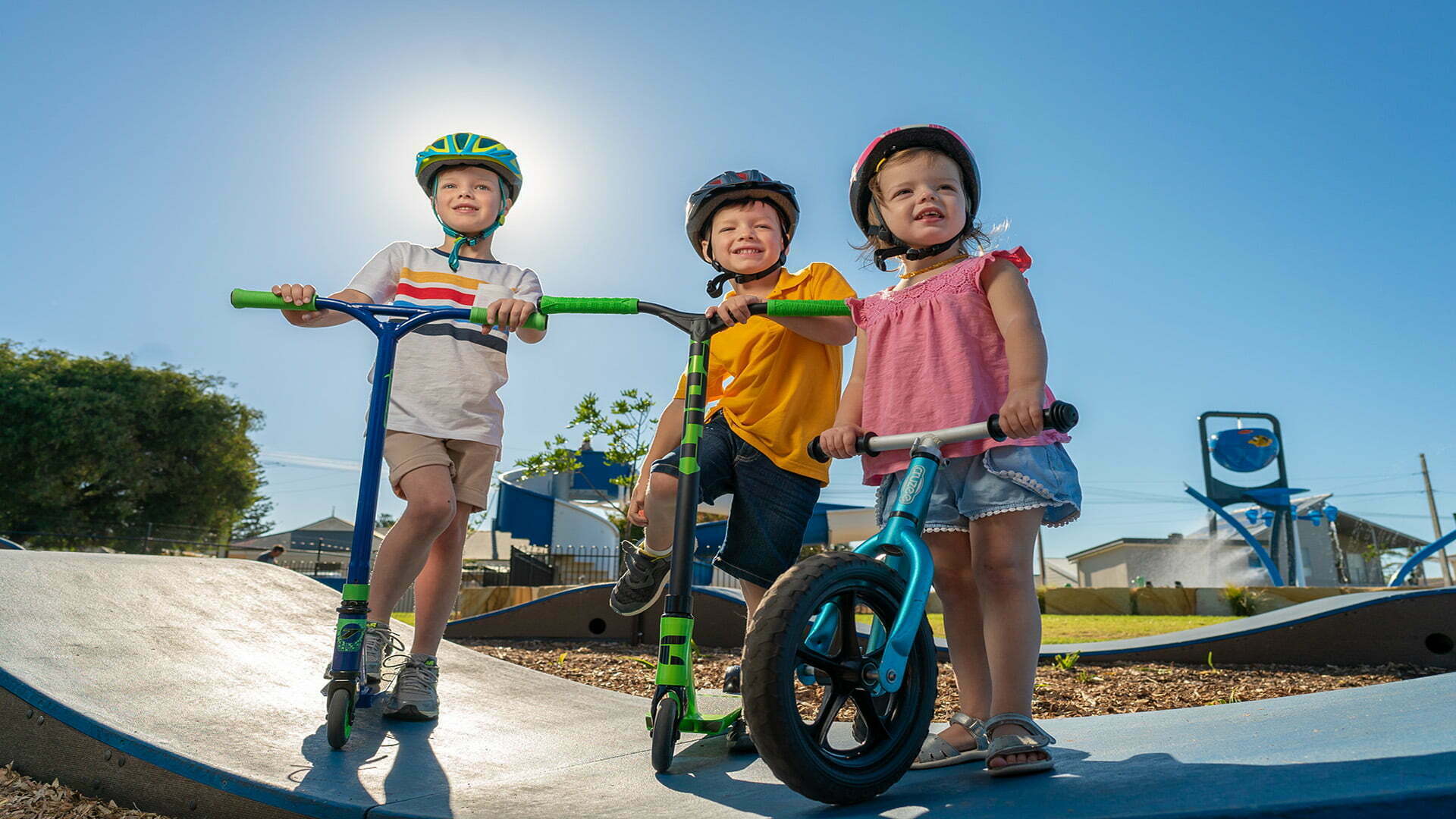


0 thoughts on “Why Is A Green Space Important In A School”